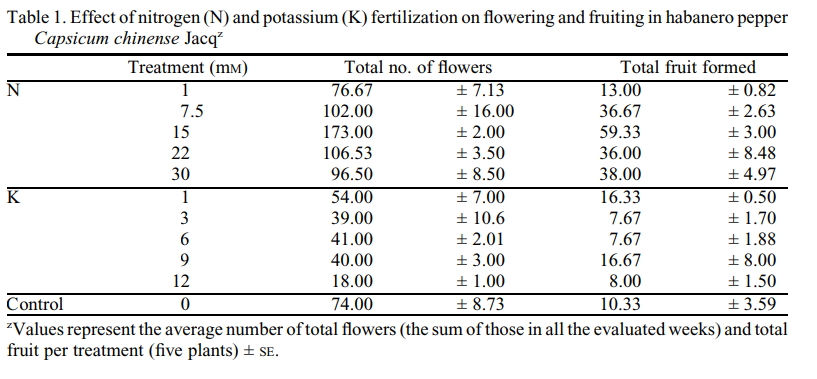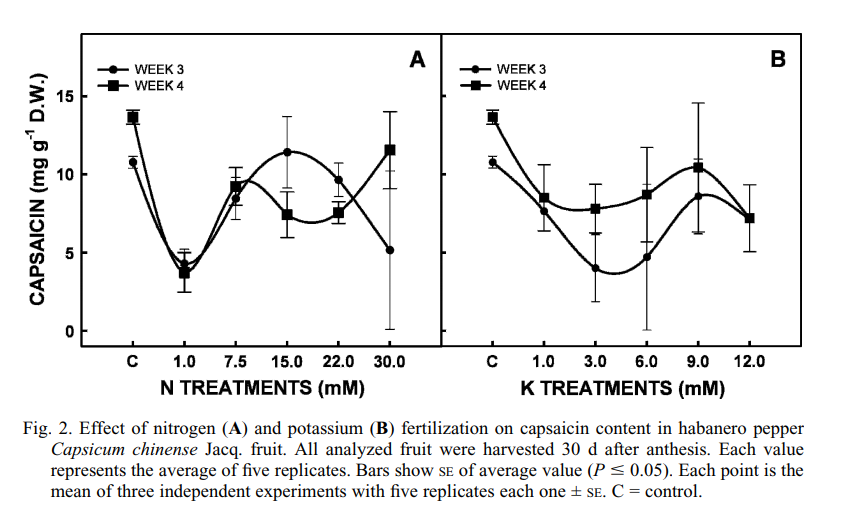There are a lot of studies out there, and many of them conflict. Some say stress makes hotter, some say consistency. Some say smaller peppers benefit (?) the most from stress, others says larger. Yet again, one study suggests lower pungency benefits (?) more from stress, and another study flatly contradicts that. Some use large sample, some use small.
I don't know if there will ever be a true concensus on this. I know that when I grow plants, I strive for optimum growth and productivity, and when I need something hotter, I find a variety that does that for me. Whether it's outdoors, indoors, neglect or care... I can ALWAYS grow a pepper that's hotter than what I can eat. As somebody else noted, my early peppers aren't always on point, but later on, they come good, and stay good for the entire season.
I don't know if there will ever be a true concensus on this. I know that when I grow plants, I strive for optimum growth and productivity, and when I need something hotter, I find a variety that does that for me. Whether it's outdoors, indoors, neglect or care... I can ALWAYS grow a pepper that's hotter than what I can eat. As somebody else noted, my early peppers aren't always on point, but later on, they come good, and stay good for the entire season.




